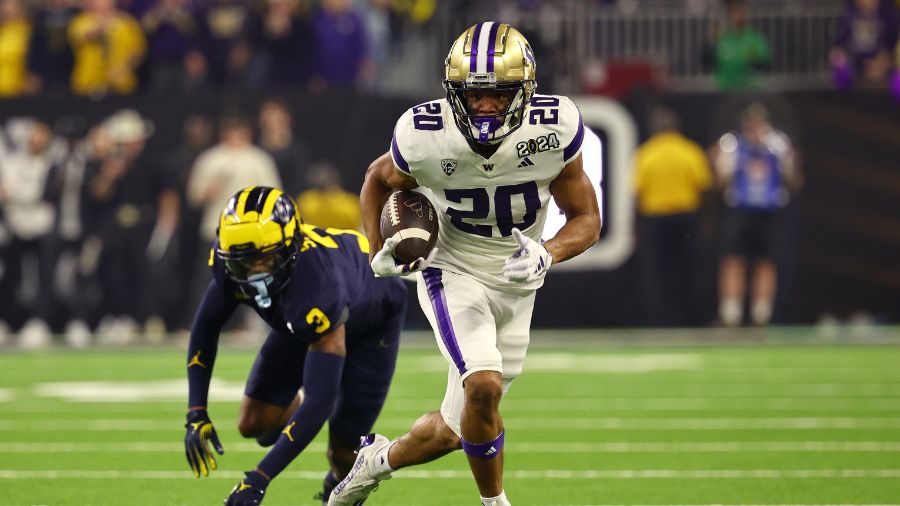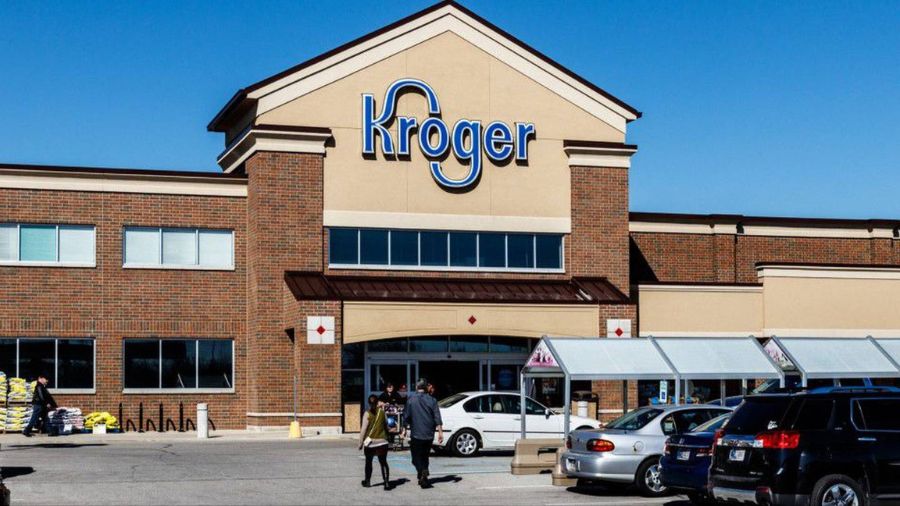Seattle police reports ‘extraordinarily low’ use-of-force in 2017
Feb 7, 2018, 2:03 PM | Updated: 3:38 pm

(File, Associated Press)
(File, Associated Press)
The Seattle Police Department reports that the number of use-of-force incidents was “extraordinarily low” in 2017.
That could depend on how you read the numbers.
RELATED: $150k to remove unused Seattle surveillance cameras
SPD’s 2017 use-of-force report provides data into how the department has used force — physically engaging suspects, officer-involved shootings, etc. It states that .21 percent of unique incidents resulted in force and .18 percent of officer dispatches ended up with force.
Between Jan. 1 and Dec. 31, 2017, officers responded to 891,740 calls, which breaks down to 398,459 “unique events.” A total of 16 incidents (which involved 18 people) used the most severe level of force — six were officer-involved shootings (with eight suspects and 17 officers). Three incidents were fatal.
There were five other incidents “associated with in-custody death that did not involve significant force.”
Three levels of force
Whether or not such incidents are down, up, or relatively the same depends on which level of force was used. To understand that, you have to know that SPD differentiates three types of force. For example, level 1 (lighter force) has gone up and down since 2014; level 2 has steadily declined in that same time.
Level 3 force is the most severe form and can result in bodily harm or death. Officer-involved shootings are counted as level 3. Level 2 may include using a K-9, a beanbag shotgun, or pepper spray. And type 1 is restraint, but not causing significant injury — this level can include drawing a gun on a person. They’re the most commonly-reported types of force.
Officer-involved shootings decreased three straight years in a row since 2014 (from 23). They were down to five in 2016, but in 2017 the numbers shot up to 18. Last year is notable for high profile incidents, such as the shooting of Charleena Lyles, a pregnant mother, or the death of a 53-year-old man in crisis that was caught on body cam video.
According to SPD’s most recent use-of-force report:
…over the time period examined here officers reported using force of any level at a rate of less than one fifth of one percent (0.18%) of all dispatches to nearly 400,000 unique events – and of these uses of force, the overwhelming majority (approximately 77%) involved no greater than the lowest level of reportable force (such as minor complaints of transient pain with no objective signs of injury, or the pointing of a firearm). Further, serious levels of force – force that causes or may be reasonably expected to cause substantial bodily injury – was used in only 16 (0.004%) of these nearly 400,000 events.
SPD says that the 2017 report shows fewer incidents of force by officers, but also states that data can be open to interpretation and confirmation bias.

One OIS involved three different subjects, all in one vehicle; because use of force is measured as an algorithm of unique incident/officer/subject, each different combination of factors is considered as a separate use of force. For that reason, the number 18 is higher than the number of officers using force who were dispatched across all incidents. (SPD)
Use-of-force demographics
Most of the subjects who police used force on in 2017 were male — 77 percent. But the report also details other data. Seattle police are most likely to use force on “disturbance” calls — calls that end up being for assaults and domestic violence. Police use level 1 force most on Mondays and Tuesdays, and level 2 force more often on Tuesdays and Fridays.
Level 3
- 18 people involved in 16 incidents; 7 white males; 4 black males; 2 Native American males; 2 black females; 1 white female; 1 Native American female
- 8 people from officer-involved shootings: 4 white males (one fatal); 1 black male; 1 white female; 1 black female (fatal); 1 unknown.
Level 2
- 7 percent White
- 6.15 percent Black
- 5.89 not specified.
Level 1
- 29.72 percent White
- 23.45 percent Black
- 16.22 percent not specified
Read the full use-of-force report here.













